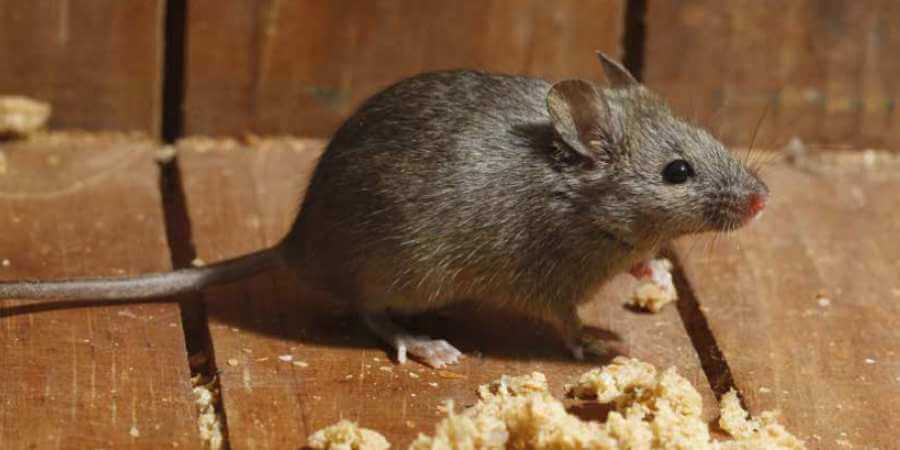
The most common mouse found in domestic properties is the house mouse, weighing less than 25g.
Mice cause damage by gnawing on objects. They have also been known to spread diseases such as salmonella and listeria. These can lead to food poisoning and stomach upset.
They have an acute sense of hearing to communicate and are sensitive to any sudden noises.
Book pest control treatment for mice
We offer domestic and commercial pest control treatment for mice. We use a chemical treatment called rodenticide.
To book treatment:
- Check our pest control treatment prices.
- Call us to arrange a call-out or to book treatment.
Call 0300 303 8871 to book a pest control treatment
What do mice look like?
A mouse's fur coat varies between light brown and grey.
An adult mouse's body length is between 60-90mm, plus a tail length of 100mm.
Where do mice live?
Mice live in nests that are built from all types of material. This may include paper, plastic bags, and cloth.
Nests are often built inside homes, such as under floors, roof spaces, cellars, inside wall cavities, or wherever they can access food.
Mice are mainly active at night when they can be heard searching for food.
How do I know if I have mice?
Signs that you have mice include:
- Droppings - these are often black and are 3-6mm long, similar to a grain of rice. Each mouse can leave up to 80 droppings a day. You can often find droppings under kitchen sinks and units, around central heating boilers and in roof spaces.
- Smear marks - these are dark grey or black marks left on surfaces by repeated contact with the oils of a mouse's fur.
- Gnawing - mice continuously gnaw on objects such as wood, carpets, paper, pipe cables and furniture. Check all foodstuffs in your cupboards.
How can I prevent mice on my property?
You can prevent mice from entering your property by:
- Keeping your home in good repair. Mice only need a gap the diameter of a pencil to gain entry.
- Removing potential nesting sites. Keep your yard and garden clean and tidy, and keep on top of overgrown vegetation.
- Sealing gaps around any heating or water pipes, both outside and inside the property.
- Making sure ventilation slots or air bricks have a fine wire mesh. If this is worn out, replace it externally with a 3.15mm mesh.
- Closing dustbin lids and composters. Don't leave household waste where mice can access it.
- Using a bird feeder with a catch plate to feed wild birds.

